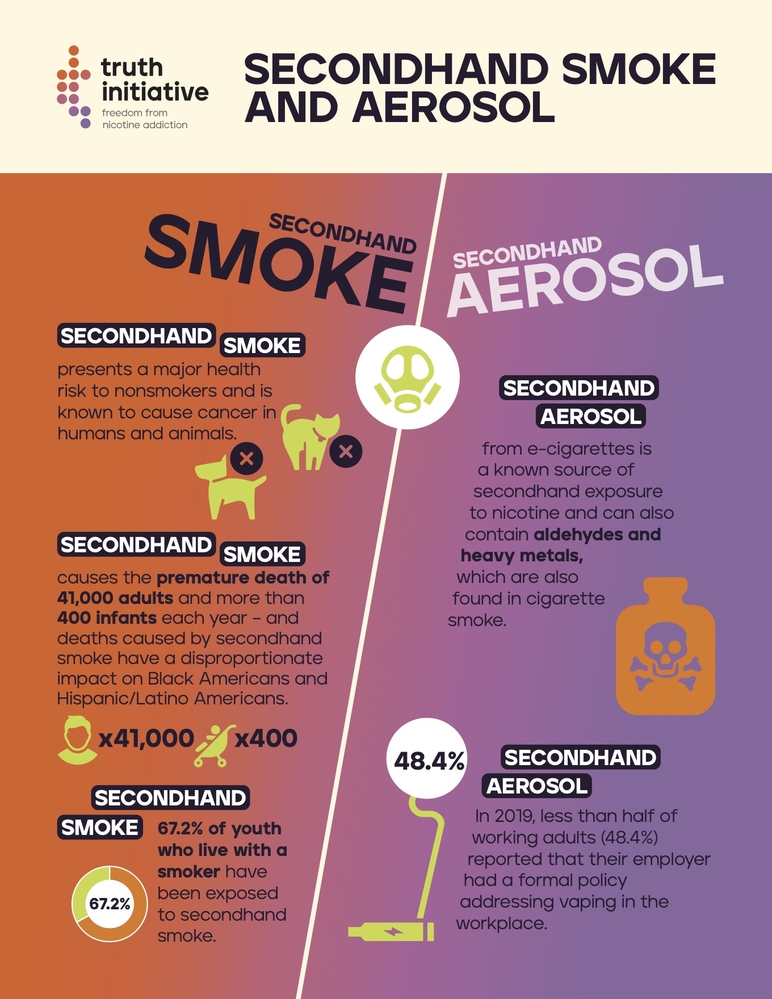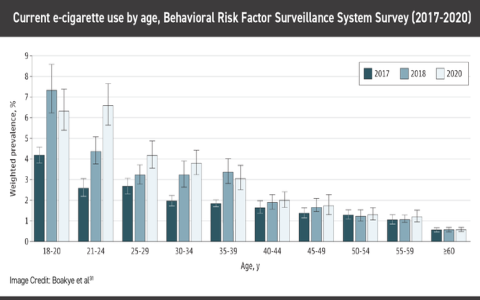Secondhand exposure to e-cigarette emissions, often referred to as secondhand vapor or aerosol, poses potential health risks, though distinct from and generally considered less harmful than traditional cigarette smoke.
Composition of E-Cigarette Aerosol
Unlike tobacco smoke, e-cigarette aerosol contains fewer toxicants and no carbon monoxide or tar. However, it is not simply “water vapor.” Key components released into the environment include:

- Ultrafine Particles: Can penetrate deep into the lungs and exacerbate respiratory conditions like asthma.
- Nicotine: Present in exhaled aerosol, leading to involuntary bystander exposure.
- Volatile Organic Compounds (VOCs): Such as formaldehyde and acetaldehyde (carcinogenic at certain levels), formed primarily under high-temperature device settings.
- Flavoring Chemicals: Some compounds (e.g., diacetyl) are linked to serious lung disease when inhaled.
- Trace Metals: Includes nickel, tin, and lead, originating from device components.
Established Health Risks
Evidence suggests exposure can cause:
- Respiratory Irritation: Short-term effects include throat irritation, coughing, and breathlessness.
- Exacerbation of Asthma/Allergies: Increased respiratory symptoms in sensitized individuals.
- Nicotine Exposure: Particularly concerning for children and pregnant women, potentially impacting brain development and fetal health.
- Cardiovascular Effects: Ultrafine particles can contribute to endothelial dysfunction and inflammation, risk factors for heart disease.
Vulnerable Populations at Higher Risk
Children, infants, pregnant women, the elderly, and individuals with pre-existing respiratory or cardiovascular diseases are significantly more susceptible to adverse effects.
Uncertainties and Ongoing Research
While less hazardous than secondhand tobacco smoke, the long-term health consequences of chronic exposure to secondhand e-cigarette aerosol are not fully characterized due to product variability and relatively recent emergence. Continued research is critical.
Conclusion
Secondhand e-cigarette aerosol is not harmless. It delivers potentially harmful substances, including nicotine and fine particles, causing measurable biological effects and posing identifiable risks, especially to vulnerable groups. Avoidance of exposure, particularly in enclosed spaces and around children, pregnant women, or individuals with health conditions, is the recommended precaution.








